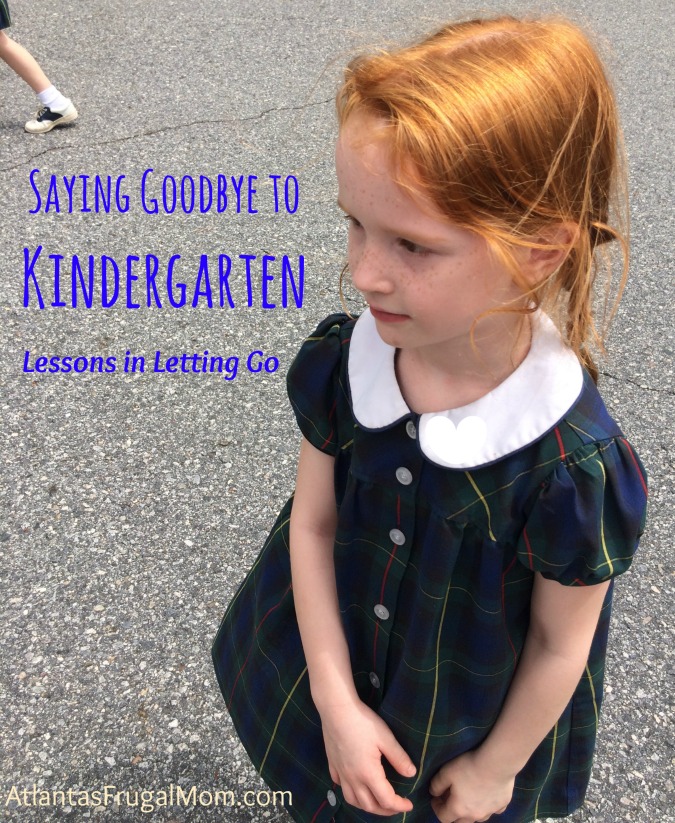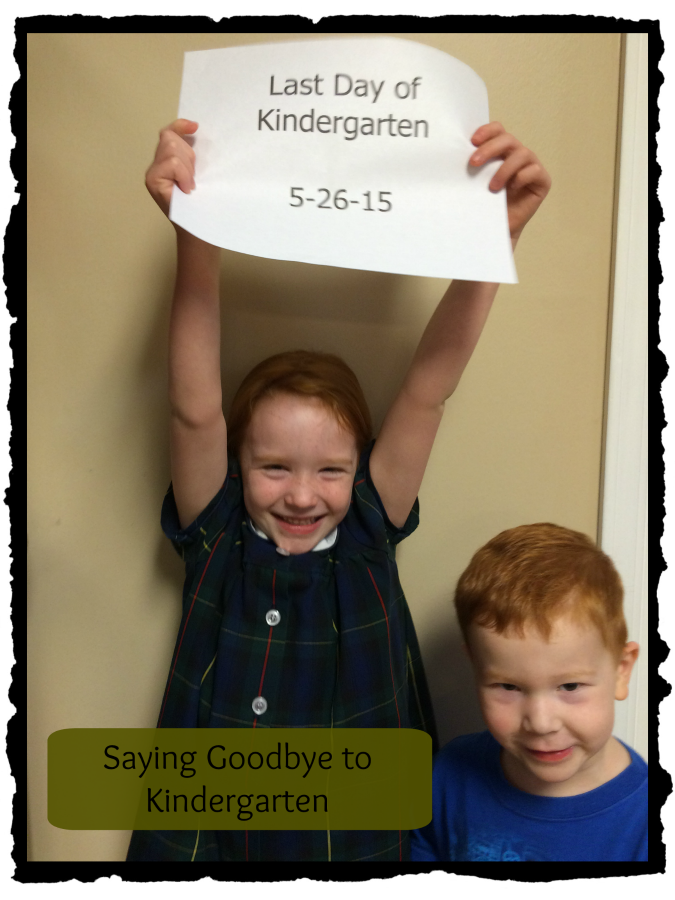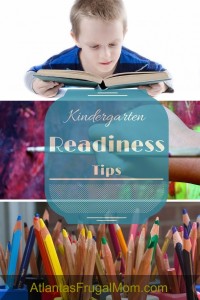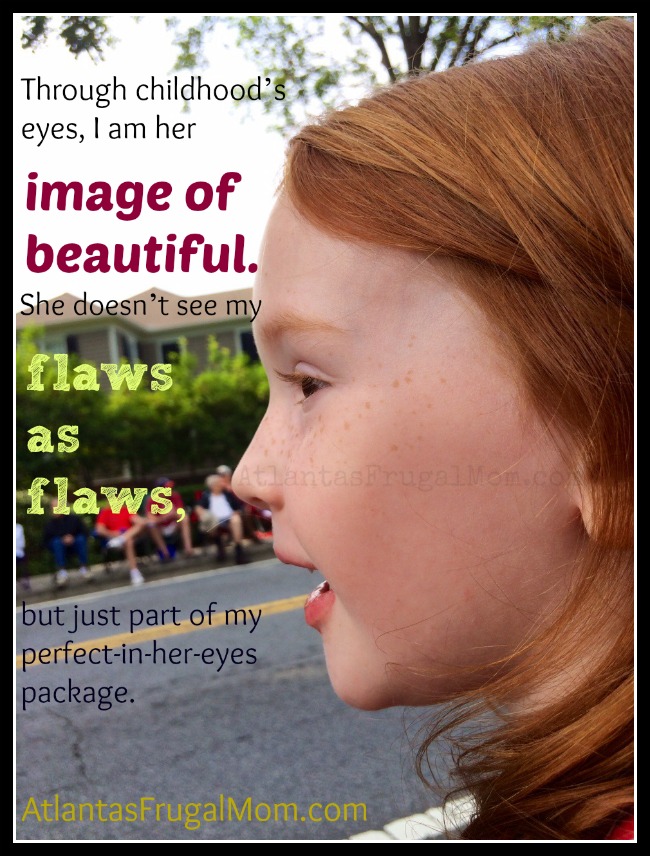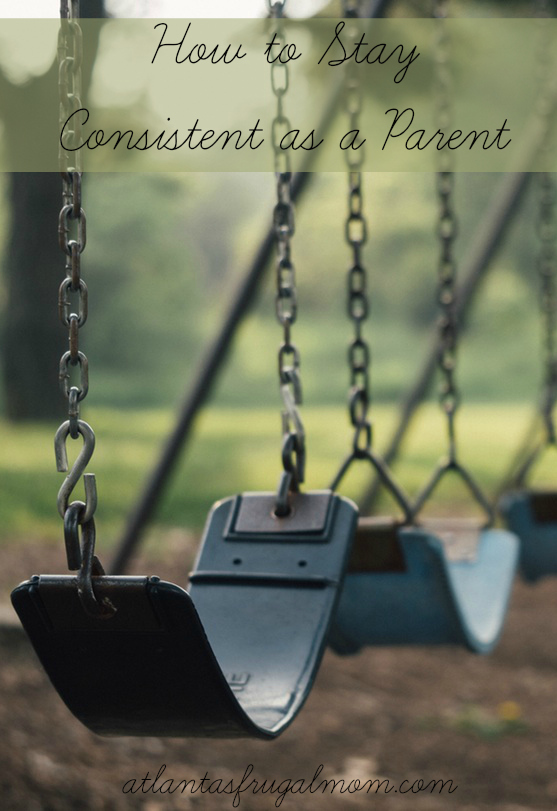 If there is just one area that most parents – as a whole – fail in, it’d be consistency. We fail at consistency in all parts or our lives at one point or another, right? That diet that’s “going to start on Monday”, or the gym membership we pay for and never use, or whatever else we might’ve started and stopped doing over the course of our lives. It’s all about staying consistent, and as a whole we do not have a great track record. That is about to change, with Nanny 911’s help.
If there is just one area that most parents – as a whole – fail in, it’d be consistency. We fail at consistency in all parts or our lives at one point or another, right? That diet that’s “going to start on Monday”, or the gym membership we pay for and never use, or whatever else we might’ve started and stopped doing over the course of our lives. It’s all about staying consistent, and as a whole we do not have a great track record. That is about to change, with Nanny 911’s help.
Consistency is a key ingredient in the recipe for good parenting, and well-behaved children. Consistency gives our children a sense of security. When they know what’s going to happen next, or what to expect, it makes transition times much easier. If you have a child that is prone to be anxious, having consistent boundaries and a somewhat consistent schedule can help ease their day to day anxiety.
How to Be Consistent
Create a schedule. Choose a time to wake up, a time for naps, and a time to go to bed. Within those time frames, you’ll also need a rough time for meals, snacks, clean up times, brushing teeth, baths, etc. If you need to, depending on your child’s ages, create a chart detailing your routine. Be sure to account for emergencies, mishaps, and other things that are bound to come up during your day. This means you don’t need to account for every 15 minutes of the day – just a general outline is sufficient, showing the kiddos what to expect around each time of day. [Read more…]
Keep on saving! :o)--Barbara
**Remember, y'all, this post may contain affiliate links. I receive a small amount of compensation when you purchase from my links, which I"ll totally blow on waffle fries and sweet tea, y'all!**


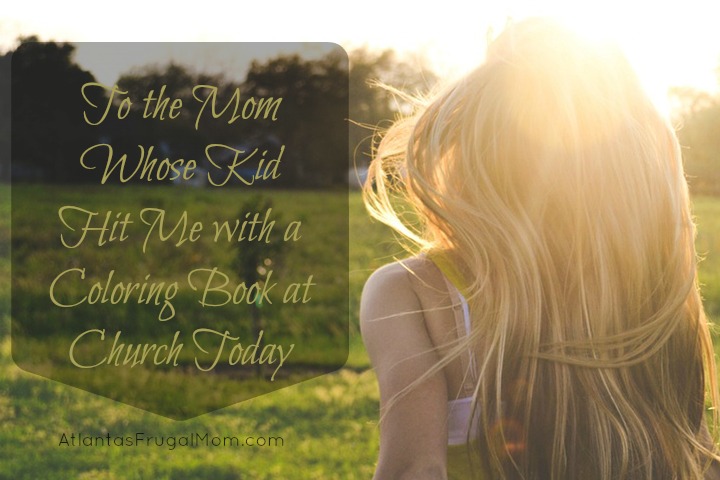 Part of our family routine includes attending Saturday evening Mass, and this weekend was no exception. We drove separately, since my husband was going to take our daughter to a dance performance, while I took our son back home. I came in about 15 minutes late with our son, as he was in the midst of
Part of our family routine includes attending Saturday evening Mass, and this weekend was no exception. We drove separately, since my husband was going to take our daughter to a dance performance, while I took our son back home. I came in about 15 minutes late with our son, as he was in the midst of 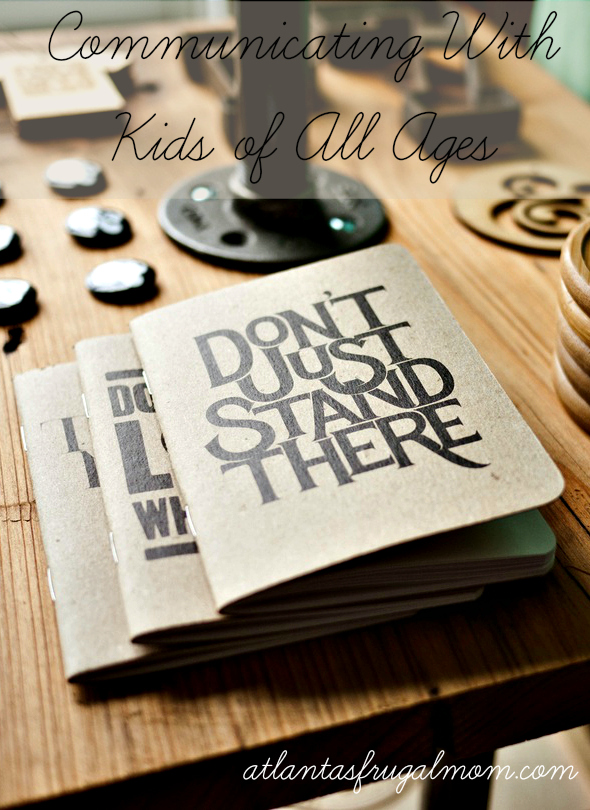 A big part of the
A big part of the  You’ve read the
You’ve read the 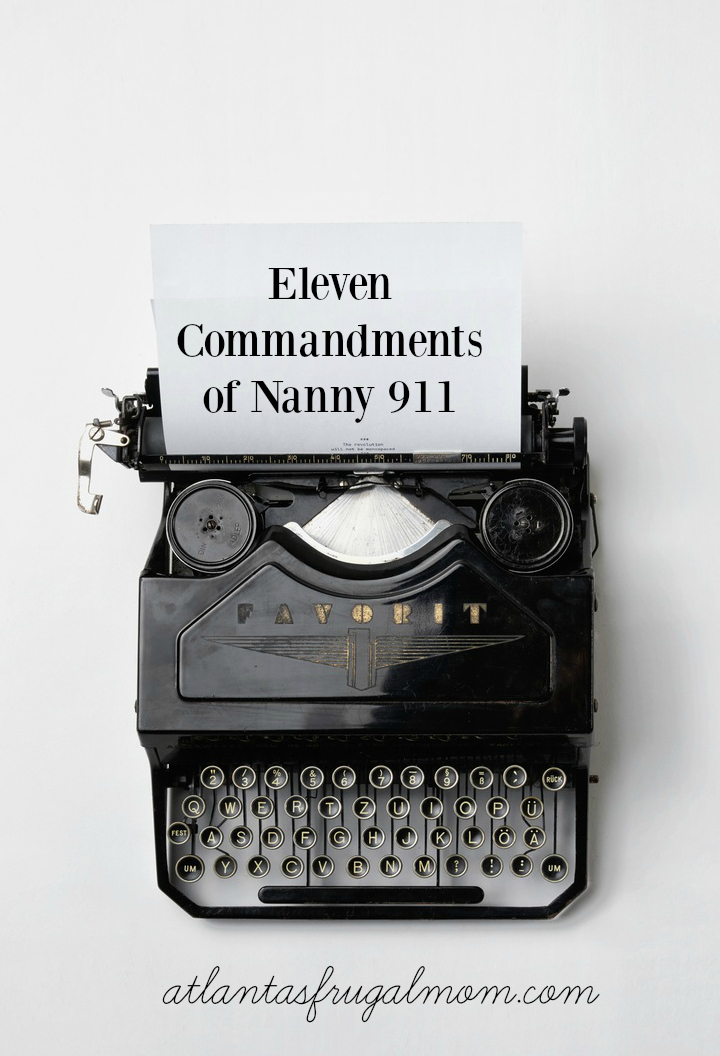 Nanny 911 is a popular television show that gives us a peek into the lives of other families, most notably ones with out of control kids. Every time I see the show, I learn something new. Sometimes, it’s learning what I’m doing “wrong”, and sometimes it’s just breathing a huge sigh of relief that my kids aren’t those kids. With that being said, I think there are many things we can learn from Nanny 911 so let’s talk about the 11 Commandments of Nanny 911.
Nanny 911 is a popular television show that gives us a peek into the lives of other families, most notably ones with out of control kids. Every time I see the show, I learn something new. Sometimes, it’s learning what I’m doing “wrong”, and sometimes it’s just breathing a huge sigh of relief that my kids aren’t those kids. With that being said, I think there are many things we can learn from Nanny 911 so let’s talk about the 11 Commandments of Nanny 911.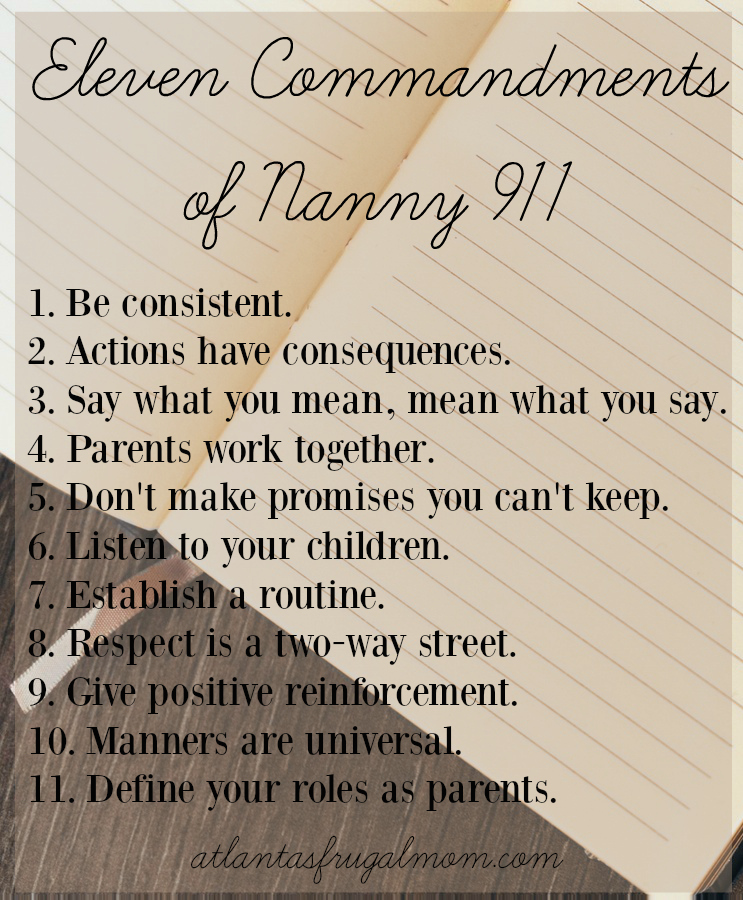
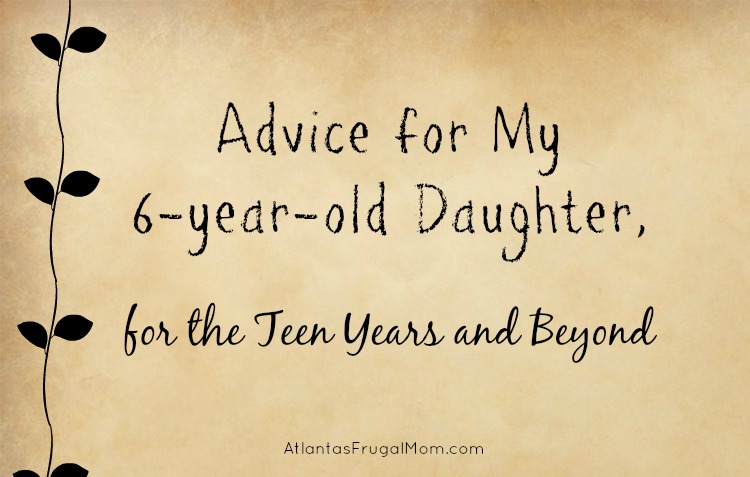 Advice for My 6-year-old Daughter,
Advice for My 6-year-old Daughter,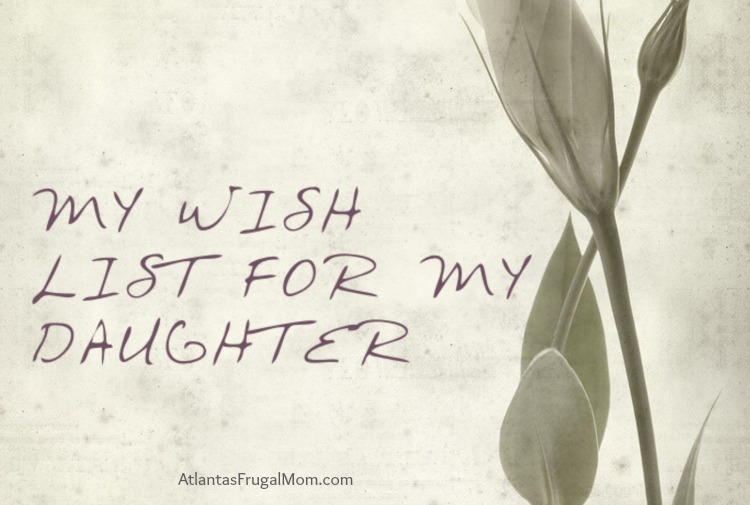
 Now that fall is upon us, it’s no longer uncomfortable to be outside, so we can now start enjoying the outdoors! This is the perfect time to engage in family walks – not only is it great excercise and a great way to bond as a family, but it’s also an opportunity for ART! Painting with nature is fun, easy and very educational for the kiddos! So how exactly do you paint with nature?
Now that fall is upon us, it’s no longer uncomfortable to be outside, so we can now start enjoying the outdoors! This is the perfect time to engage in family walks – not only is it great excercise and a great way to bond as a family, but it’s also an opportunity for ART! Painting with nature is fun, easy and very educational for the kiddos! So how exactly do you paint with nature?